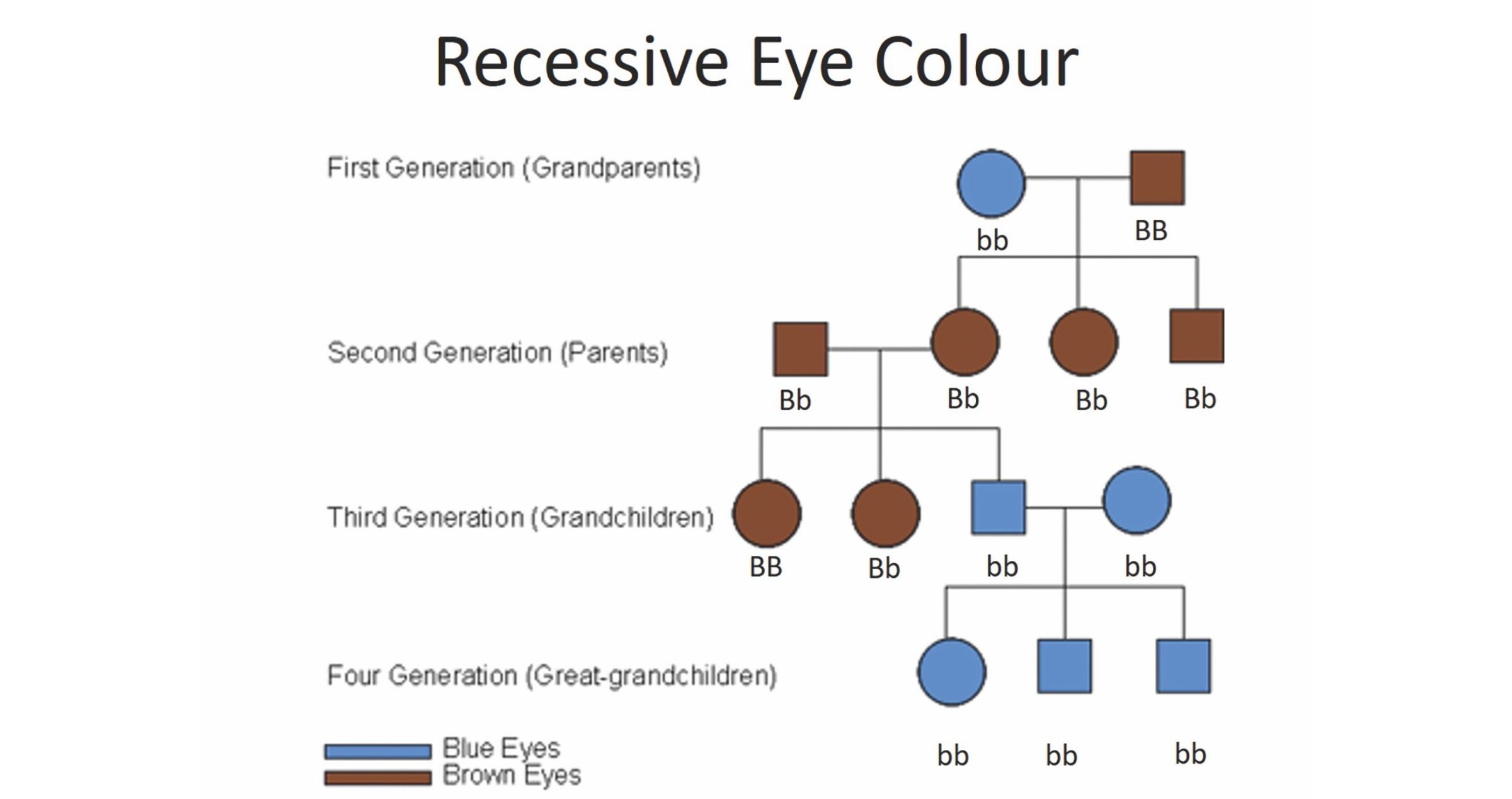Share
Over the last 30 years, the number of papers published annually that pertain to glaucoma genetics has risen from around 20 per year to over 400 per year. This explosion of our understanding of genes involved in glaucoma has implications for people with glaucoma and their families. It is helpful understand some of the important concepts in genetics in order to effectively engage with the health system for maximum benefit, particularly for early detection of glaucoma.
Professor Mackey has been working in glaucoma genetics for 30 years and has contributed to many advances in genetic understanding.

To explain genetics in a more interesting and easily understood format, he has used the example of eye colour to explain the patterns of inheritance. In high school, many students are taught that brown eyes are dominant and blue eyes are recessive. This is mostly due to a gene called OCA2 where the two recessive versions (bb) produce blue eyes, while the two dominant versions (BB) produce brown eyes. The mixture of dominant and recessive genes (bB) also results in brown eyes.

This is a good simple example of Mendelian inheritance and many families can plot this out to fit the dominant/recessive pattern. However, some families don’t follow this simple pattern of eye colour inheritance. Other genes are also involved and it is a more complex picture, usually with a combination of genes influencing the eye colour, which is more than just brown and blue, with green and hazel also present.
A similar situation exists with glaucoma. Some families have a very dominant genetic mutation running through the family and 50% of children are at risk. However, over 400 different genes can contribute to glaucoma and most families have more complicated inheritance patterns.
In an article published in the British journal Eye, Professor Mackey discussed the genetics of eye colour, with recent research findings. He included some interesting anecdotes and references to popular culture, such as the way eye colour played a role in the plot of the popular TV series Game of Thrones.



